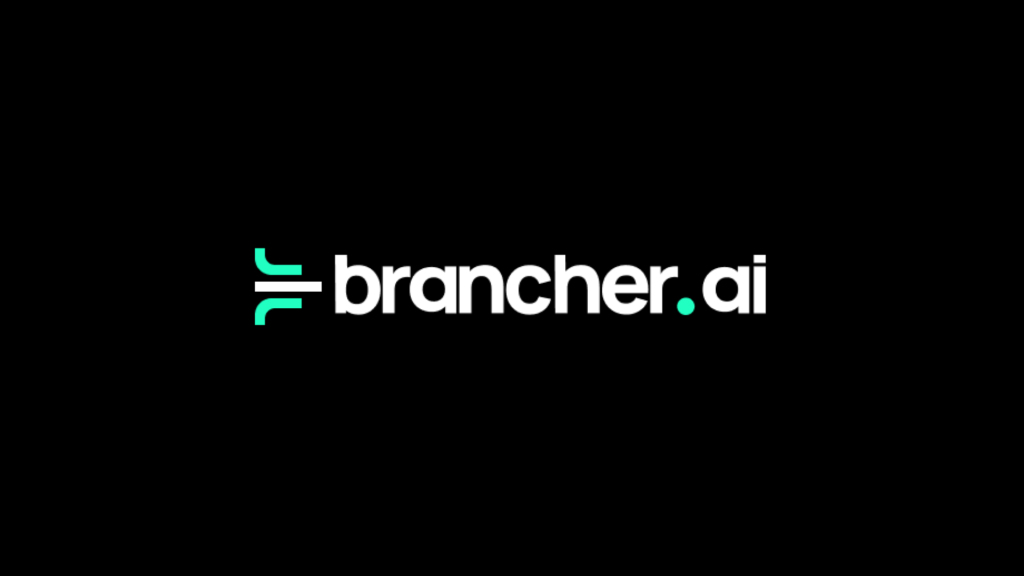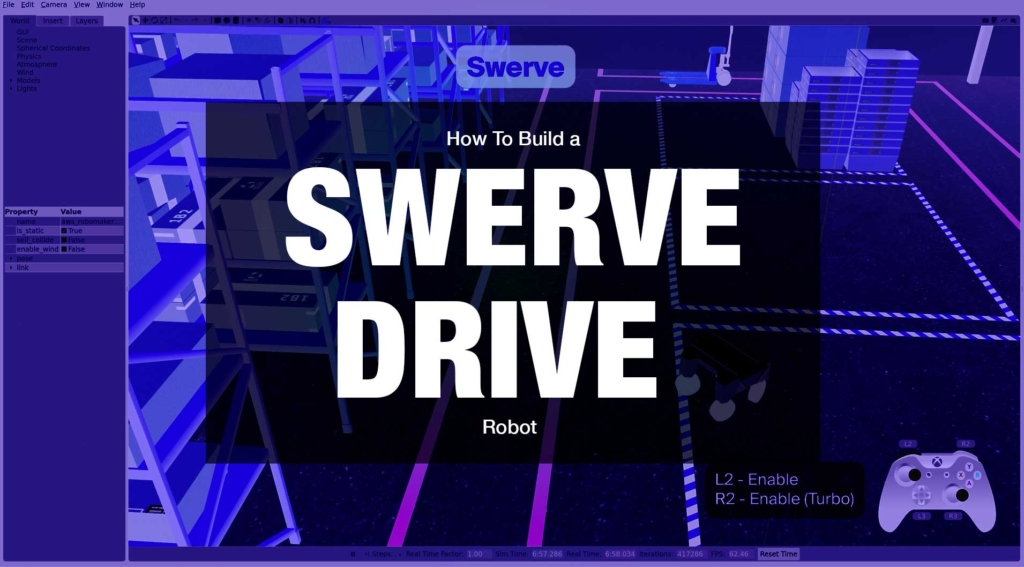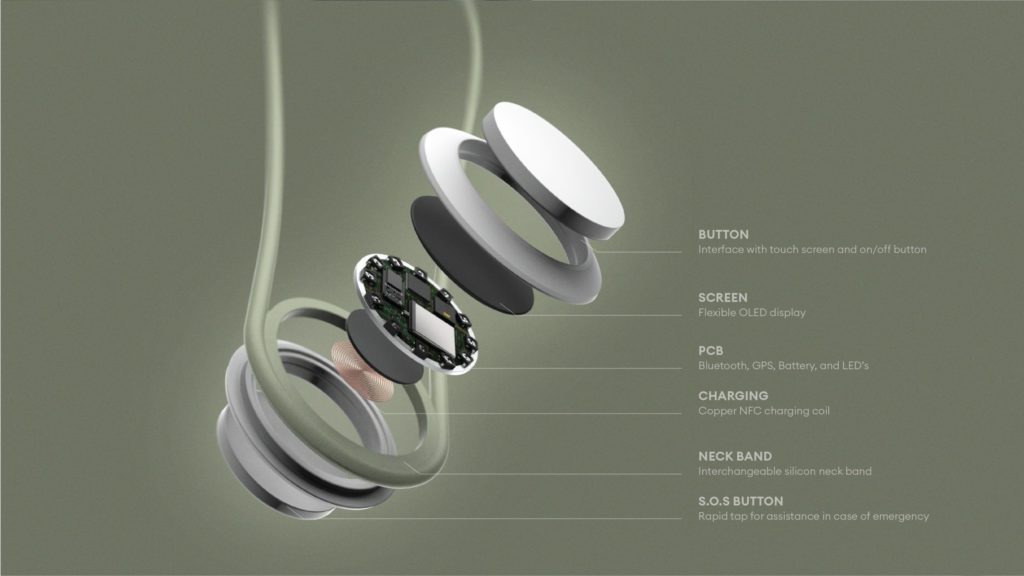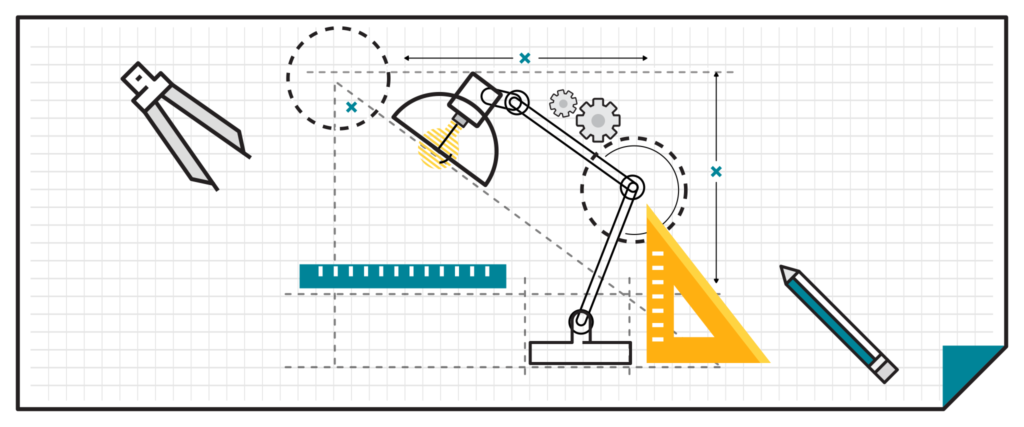Article
Create Sustainable Success with the 4 Types of Innovation

All organizations need to build an infrastructure for innovation—including tools, systems, people, culture, and process—to be competitive in the modern marketplace.
The rapid rate of technological innovation and competitiveness in our global economy is best exemplified by this staggering fact: only 52 companies remain on the Fortune 500 list (a list of the 500 biggest companies by annual revenue) since its inception in 1955. Comparing the 40 years from 1955 to 1994, with the following two decades, we can see the rate at which new companies have joined has nearly doubled.
Still, many organizations struggle to derive effective results from innovation efforts. Teams burn through resources, and leaders watch other organizations increase their competitive advantage by unlocking innovation within their industry or new markets. When innovation efforts are recognized as failures, it can be challenging to build organizational momentum to reinvest in future endeavors.
Building an innovative culture requires much more than technology. It involves creating a workspace that spurs ongoing engagement and action. Putting these pieces in place and nurturing them helps organizations to thrive continually.
Innovation is a continual process. Learn how Fresh Consulting helps our clients deliver innovation as a service by bringing the right people, processes, and tools together.
Capturing varying types of innovative work
At the highest level, innovation can be defined as making something new that creates value. However, it’s essential to understand the variety of approaches to determine which ones will provide the most value.
Here’s a look at the different ways innovation can take shape, how those definitions lead to different outcomes, and why certain methodologies may be more effective than others.
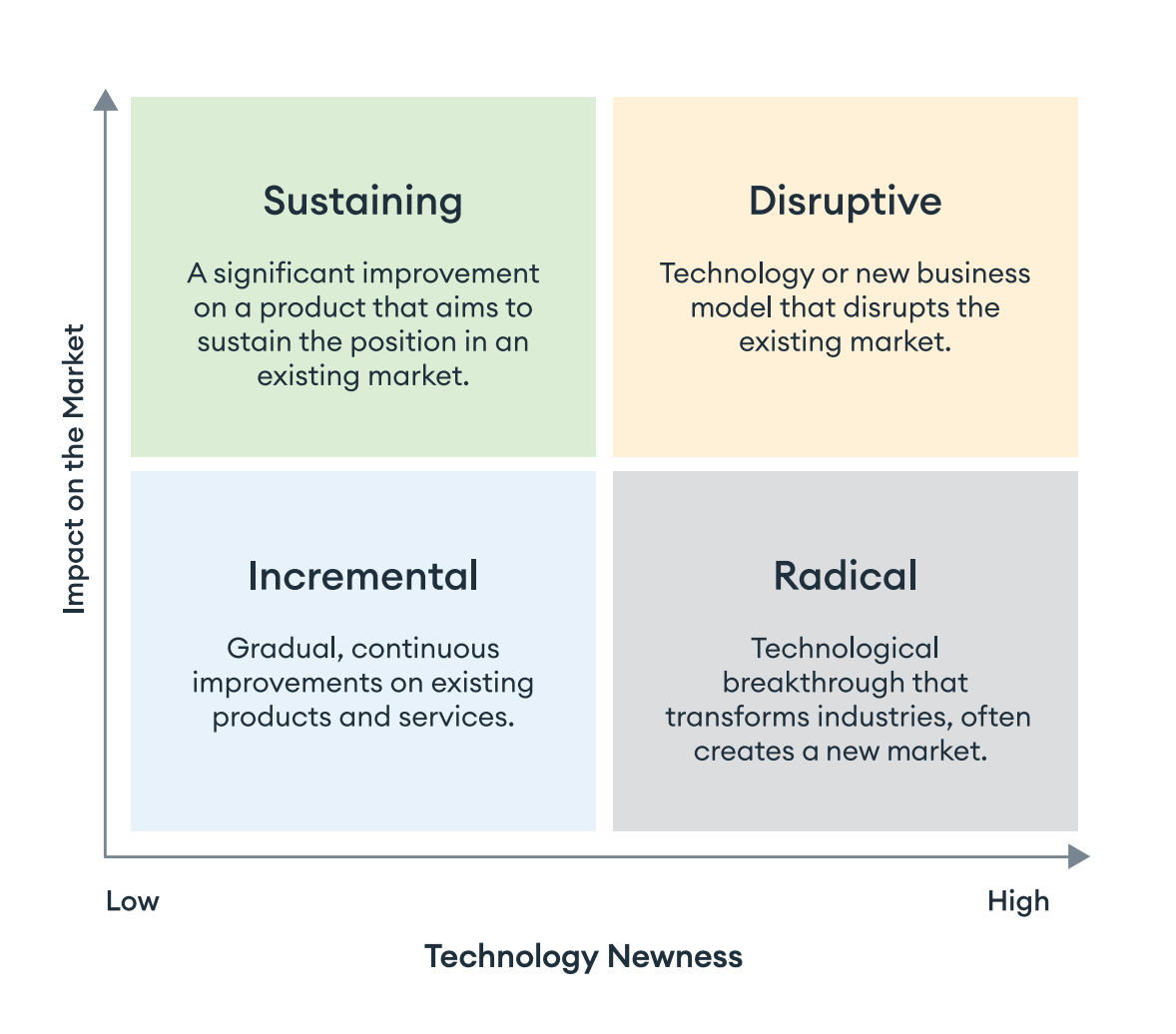
The 4 types of innovation
Technology newness describes whether a novel output is based on emerging or well-proven technologies. Low-market impact ideas are easier to implement, with compounding effects over time. High-market impact ideas tend to be difficult, costly, and risky to develop but arrive with high potential value.
1. Disruptive Innovation
Disruptive innovation is often the most well-known type. It comes with effective uses of new technology and high-impact results. While disruptive innovation is extremely flashy and grabs headlines, it comes with many nuances and challenges. The most common organizations exhibiting the characteristics of disruptive innovation are startups targeting overlooked segments in the market to deliver an offering that is more affordable, convenient, or simpler than the established players can.
2. Incremental Innovation
Incremental innovation constitutes a gradual, continuous improvement of existing products and services. While the least flashy of any of the categories, it offers the most evident value to an established bottom line. By continuously improving products, services, and business operations, organizations can reduce stagnation and consistently grow market share.
3. Sustaining Innovation
Sustaining innovation is the best way to protect an organization’s position in a market. “Incremental” focuses on small improvements to existing products and services to increase value or customer satisfaction. Sustaining focuses on larger changes to gain or maintain a market-leader position. This category is focused on creating new features or services that differentiate a product from all of its competitors.
4. Radical Innovation
Radical innovation typically utilizes a technological breakthrough that transforms industries and creates new markets. This type completely changes how an organization interacts with the marketplace. The success of the underlying technological shift to drive this type of innovation is often related to the firm’s organizational behaviors and capabilities that create the right conditions for new ideas to be successfully commercialized in the first place.
The benefits of utilizing all types of innovation
Each of these categories has value, and a system that combines all four creates robust and effective innovation while uncovering blind spots to potential market or consumer shifts. To get and stay ahead, companies need to explore the possibilities and innovate strategically:
- How will your organization respond to the emergence of Generative AI?
- How can you use a time-tested process like CFD (computational fluid dynamics) to optimize existing products?
- How can you enlist the next generation of STEM talent to continue growing, scaling, and evolving?
- How can you explore new paradigms like robotic swerve drives to create new modes of automated movement?
- How can you build and iterate on your current organizational infrastructure, like we did in designing an RF engineering (radio frequency) lab, to explore new spaces or capitalize on existing markets? Doing this opened up a new path to value for our clients.
The above examples are varied, but they share a common theme: thinking outside the box, and meeting the complexity of the future with confidence.
Without incremental innovation, products and services can fall behind. Customer experience and retention both suffer. Without sustaining innovation, a company has to work harder to reach market leader status and gain a majority market share. And without radical or disruptive innovation, a company misses out on massive potential value while risking being disrupted by new methods or technologies.
By implementing all four, a company ensures short-term success by optimizing its current products and differentiating them from competitors while also protecting long-term sustainability. Innovation applied properly can be a strategy for both present and future success.
Innovation starts with a conversation
If you’re interested in collaborating on your next innovative effort, please feel free to reach out. We’d love to connect!

